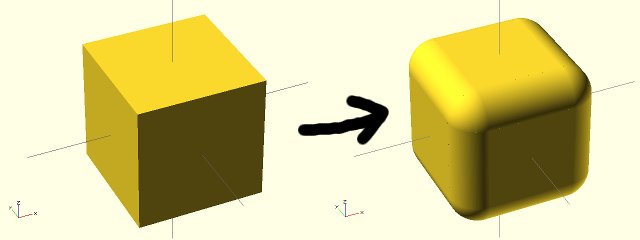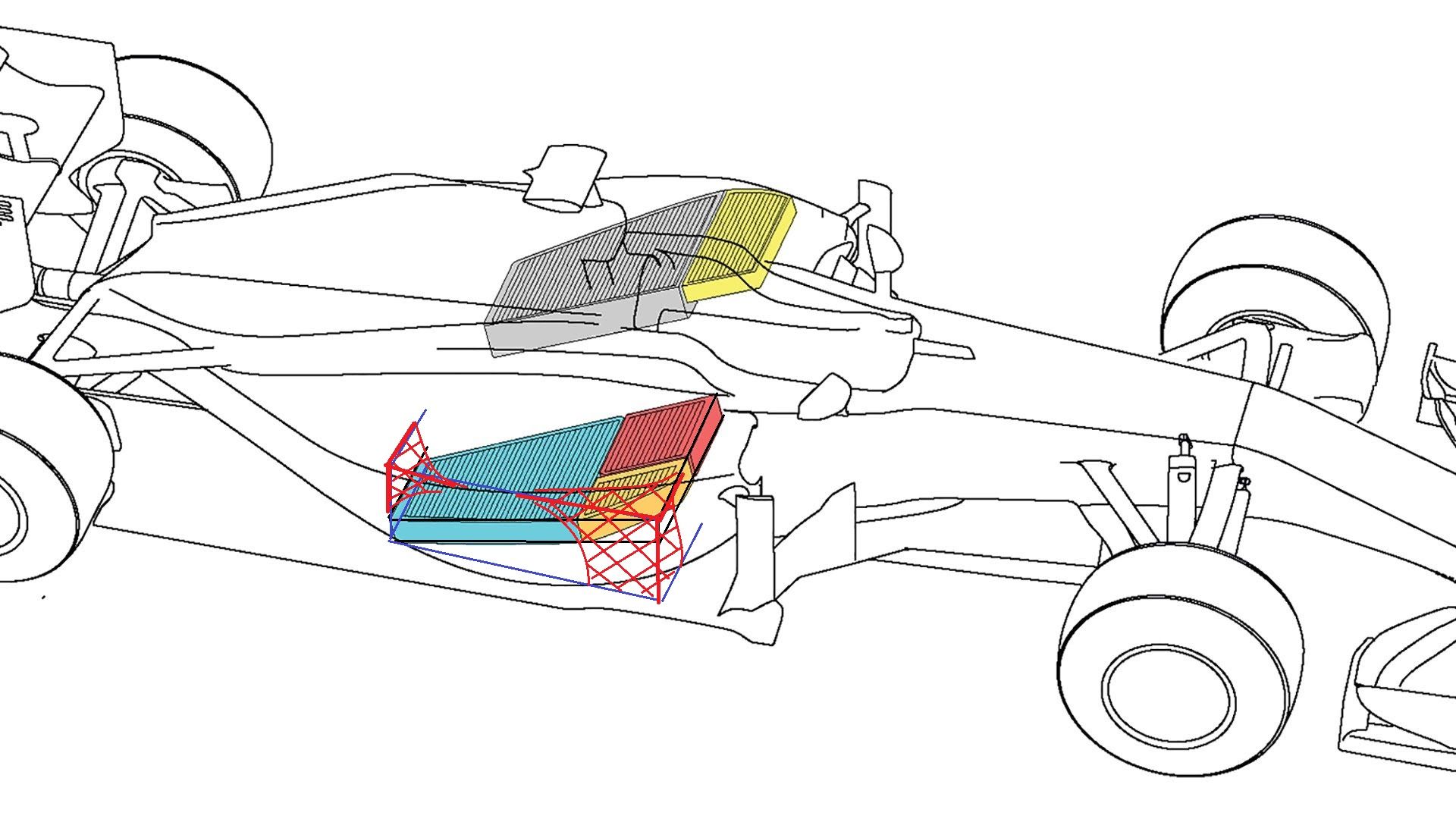Personally, I'd think that makes the whole thing way more complicated, as it would involve mechanical placement, and as such, require changes in weight distribution.
Some might want to incorporate the radiators in the front and keep the sidepods clean, while others might choose otherwise. This would give huge changes to the applied CoM, which is pretty much correct in the current rule set. So if you want to apply such a thing, that would require changes(which incorporates a much larger variety of settings). Also an issue would be the tires. Front engined cars have a different balance, and thus require different tires(ie same size all around)
It's a fun suggestion and i would love to see it applied, but in a sense of execution it makes the whole thing more complicated.
- Login or Register
No account yet? Sign up








